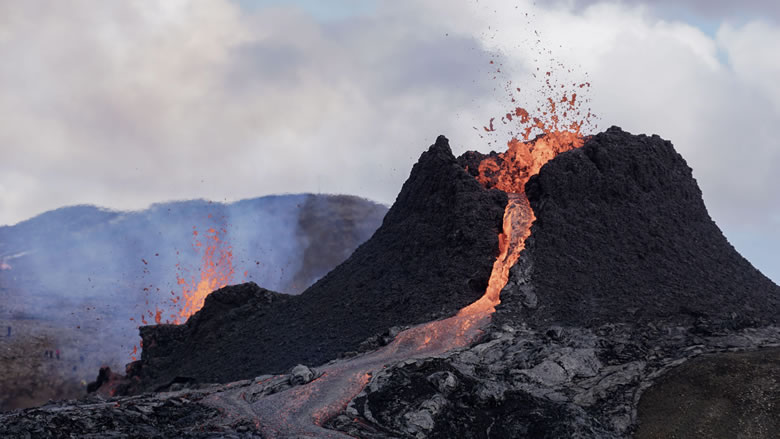Volcanic cones near peak sacred to tribes get protection
ALBUQUERQUE, NM — A years-long effort to protect the land around a New Mexico mountaintop considered sacred by many Native American tribes was given a major boost Thursday with the announcement that dozens of additional square miles will be set aside for animals in the wildlife, cultural preservation and recreation.
The $34 million effort by the national conservation group Trust for Public Land comes as New Mexico and the federal government strive to preserve more natural landscapes as part of a nationwide commitment. The aim is to increase green spaces, improve access to outdoor recreation and reduce the risk of wildfires as the pressures of climate change mount.
Trust for Public Land partnered with other organizations and foundations to purchase adjacent properties that make up the sprawling L Bar Ranch, which sits in the shadow of Mount Taylor just west of Albuquerque.
The more than 84 square miles (218 square kilometers) include grassland, rugged plateaus, and some of Mount Taylor’s traditional cultural property, which is on the State Register of Historic Places for its significance to Native Americans in New Mexico and Arizona.
Generations before the ranch became privately owned, people from surrounding Native American communities made pilgrimages to the area, and the wood, wildlife, and plants provided sustenance beyond the ceremonial bonds.
Now covered in ponderosa pines and other trees, the dormant volcano also served as a lookout with remarkable sightlines to the mountain ranges to the east.
Tribal leaders say some of the pilgrimage routes are still evident.
“The pueblo is hopeful that once the purchase is complete, an ethnographic survey can be conducted to identify areas, sites, and sites of cultural interest,” said Randall Vicente, governor of Acoma Pueblo.
Some of the property has been transferred to the New Mexico Game and Fish Department, and the rest will be transferred to land managers over the next few years to create the largest state recreation property in New Mexico. The effort was aided by a legislative allocation and money allocated through a federal tax on firearms, ammunition, and archery equipment.
A management plan will be developed to ensure recreational access with a special focus on areas important to the Acoma, Laguna, Zuni pueblos, and the Hopi and Navajo people.

Jim Petterson, a regional vice president at Trust for Public Land, called the acquisition significant and said it will serve as a key island for wildlife, allowing them to move and adapt across a wide range of elevations as the temperature is warming and precipitation is becoming scarcer due to climate change.
In the lower parts, the remains of volcanic cones protrude from the valley. In the distance are dramatic cliffs that form the edge of mesa peaks, home to grasslands grazed by herds of elk and deer. The area is also home to bears, cougars, and turkeys.
“It’s a relatively intact, healthy, just spectacular habitat,” Petterson said. “Everything that should be there is now, and we have the opportunity to create a huge natural area that will last for generations. It’s really beautiful.”
Nearly 625 square miles (1,620 square kilometers) in and around Mount Taylor, including lands within the L Bar project, were designated traditional cultural property by decisions of the state’s Cultural Properties Review Committee in 2008 and 2009. The New Mexico Supreme Court upheld the designation in a 2014 ruling.
The move to protect the area was prompted by proposals to restart uranium mining. In response, tribes took an unprecedented step to detail their spiritual connections to the area in hopes of gaining protection.
Similar battles are underway with energy development in northwestern New Mexico. Federal officials have approved new leases in the area surrounding the Chaco Culture National Historical Park pending a review.
“The relationship with the land, as Indians, we are the stewards of the land. We maintain this harmony with Mother Earth through culture and prayer,” Laguna Pueblo Governor Martin Kowemy said in a statement on Thursday. “It is our responsibility to protect and preserve our land for generations to come.”




